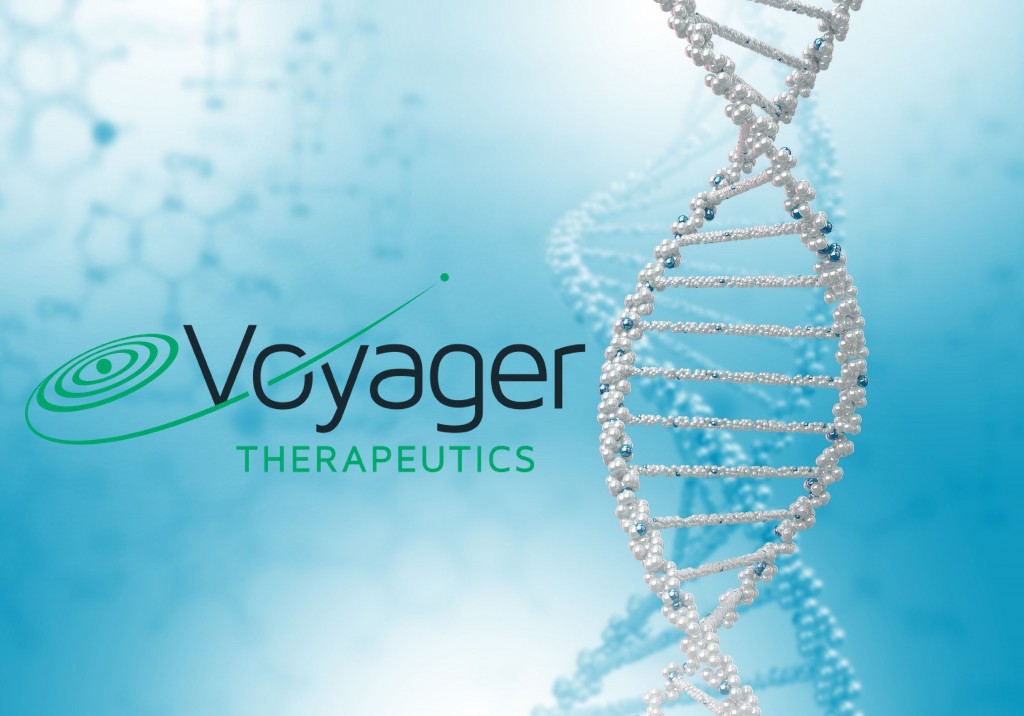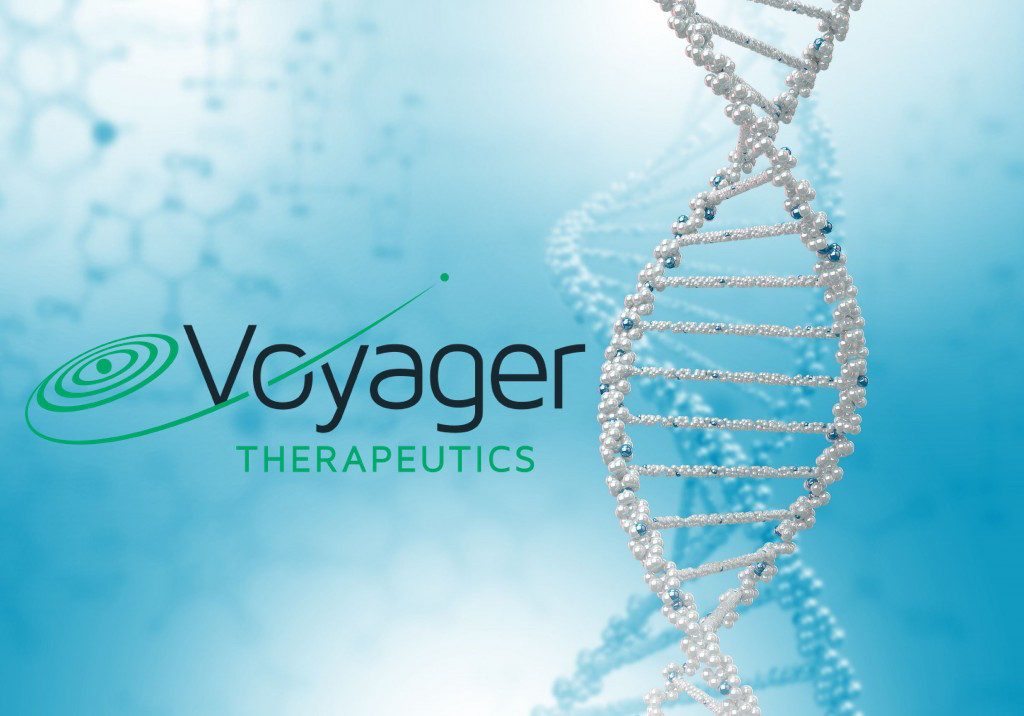The wider biotech space took a hit mid week, on the back of comments made by Donald Trump, suggesting a price crackdown in the sector. We all know what happened mid 2015 when Hilary Clinton did something similar, and the space is a bit edgy right now that we’re going to see a similar degree of decline heading into the first quarter of 2017.
With that said, there’s been an opposite effect since the election, and that should offset the decline to a degree. We expect that a Trump crackdown will be different to a Clinton crackdown, in that it will likely be framed in a way that suggests the changes being put in place, or enforced, are positive for both businesses (especially the US ones, of course) and individuals. Whether this is actually the case, remains unseen, and is probably unlikely, but there’s a large retail portion of the biotech sector that will be buying and selling on sentiment, not the underlying fundamentals.
Anyway.
Here’s one that we’ve been watching for a while, and that just picked up some considerable momentum on the back of early interim results – Voyager Therapeutics Inc (NASDAQ:VYGR).
Voyager just put out data from from its Phase 1b trial of its lead Parkinson’s asset, VY-AADC01. It’s under investigation in patients with advanced forms of the disease. It’s a gene therapy candidate, and one that has a pretty neat mechanism of action (MOA) in a space that, really, lacks clean treatment.
In our brains we’ve got a section called the putamen, which is a small round structure located at the base of the forebrain. In Parkinson’s patients, its dopamine store is depleted by way of a concurrent depletion of an enzyme called aromatic L-amino acid decarboxylase (AADC). The AADC is the enzyme responsible for turning levodopa in to dopamine.
Enter AADC01.
The drug is a vector that contains the gene that encodes the AADC enzyme. Through its introduction, the company is attempting to increase the amount of viable AADC enzyme in the putamen, and in turn, increase the amount of dopamine in the structure (by way of an increased conversion of levodopa).
The latest trial data comes from the first two cohorts of a three cohort trial, and addresses 12 month follow ups across the cohorts in question. Safety is the primary, but it’s the data that weighs against the secondaries that markets are responding to., specifically, assessment of motor function as measured by what’s called the Unified Parkinson’s Disease Rating Scale (UPDRS), as well as a patient-completed (Hauser) diary. For reference, the UPDRS is an industry standard scale in this indication and this study is focusing specifically on Part III of the scale, which measures motor function by physician examination.
So what are the numbers? At 12 months, in Cohort 2, treatment translated to a 44%, improvement in UPDRS off medication, a 55% improvement in UPDRS on medication, and a 48% decrease in diary off-time from baseline. For reference, any reduction in off time is desirable, as off time is the time at which the symptoms of this disease are most serious. Additionally, these data coincided with a 34% reduction in daily doses of oral levodopa (which is the current SOC) and related medications at six months in Cohort 2 that was maintained at 12 months.
Cohort 1 and 2 demonstrated tolerability, putting the drug on track to meet its primary. As a side note, Cohort 2 demonstrated the higher degree of clinical impact because it’s the higher dose – this is important to mention, since it addresses the fact that just because the first Cohort didn’t demonstrate and really notable clinical benefit, it isn’t indicative of the Voyager drug not working.
So, what’s next?
This is interim data, of course, and the trial is far from over, but it’s set up so as to offer some nice opportunities for interim reports – translation: lot’s of catalysts. He first of these is the Cohort 3 enrolment completion, slated for early 2017. Mid 2017, we’ll get longer term data from the first two Cohorts, and concurrently, some six-month data from the third cohort. The third Cohort is a higher dose than the second (coming in at a three-fold higher total dose all in) so the clinical efficacy data on this one should be interesting.
Voyager is one to watch.

